The Sun’s Corona During A Solar-eclipse.

The Sun’s corona during a solar-eclipse.
More Posts from Ad-astra-affecte-spe and Others
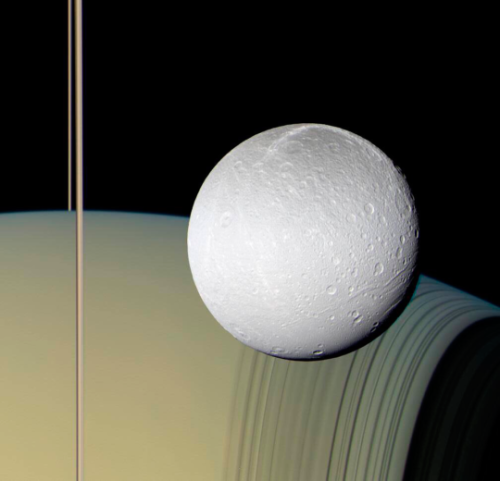
an actual true color photograph showing Saturn, its rings, and one of its moons taken by the Cassini space probe orbiting 23.8k miles away, October 11, 2005
Uranus- JWST NIRCam

This image also shows 14 of the planet’s 27 moons: Oberon, Titania, Umbriel, Juliet, Perdita, Rosalind, Puck, Belinda, Desdemona, Cressida, Ariel, Miranda, Bianca, and Portia.

This picture shows Uranus's north polar cap as well as a storm just below the polar edge.


Messier 45: The Pleiades
Nick Fritz on Instagram

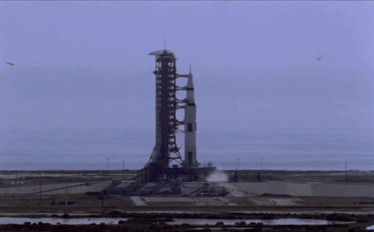

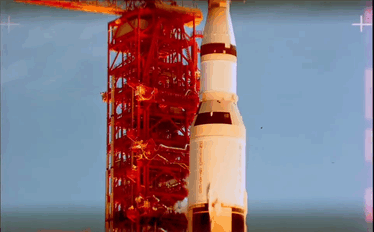
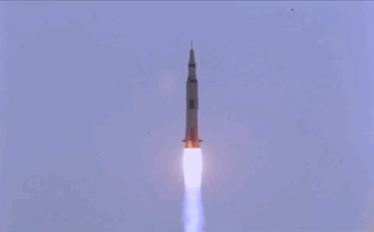
Apollo 11 Launch
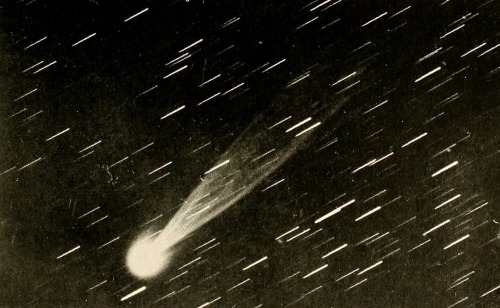



A beginner’s star-book, an easy guide to the stars and to the astronomical uses of the opera-glass, the field-glass and the telescope, 1912









solar system by NASA
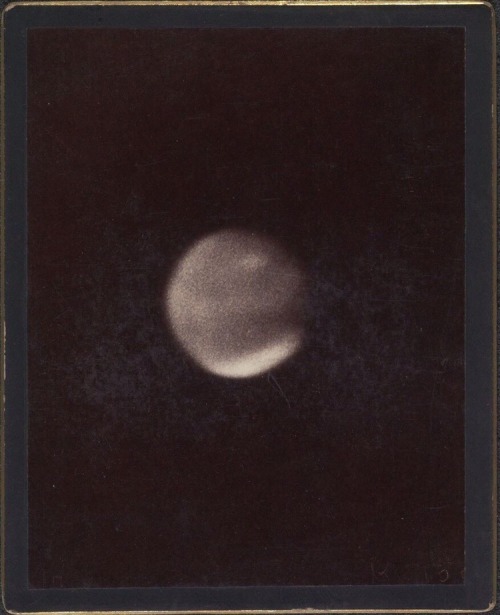
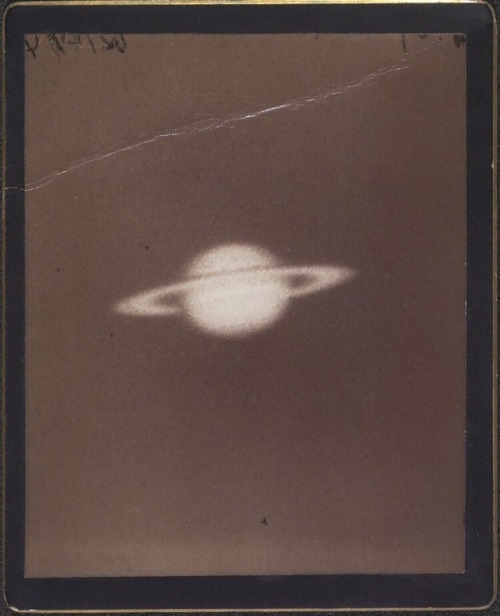
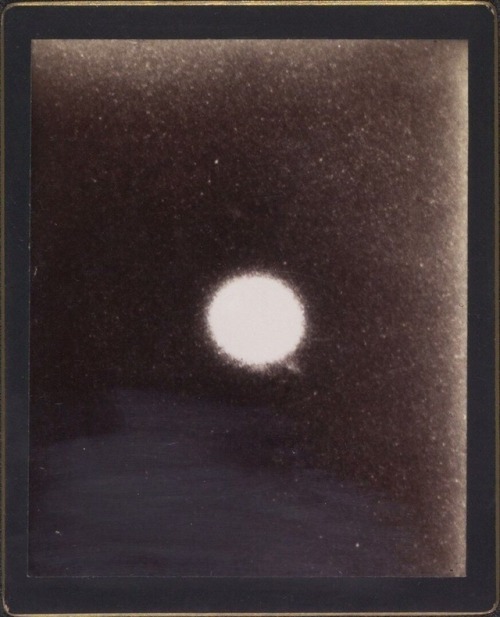
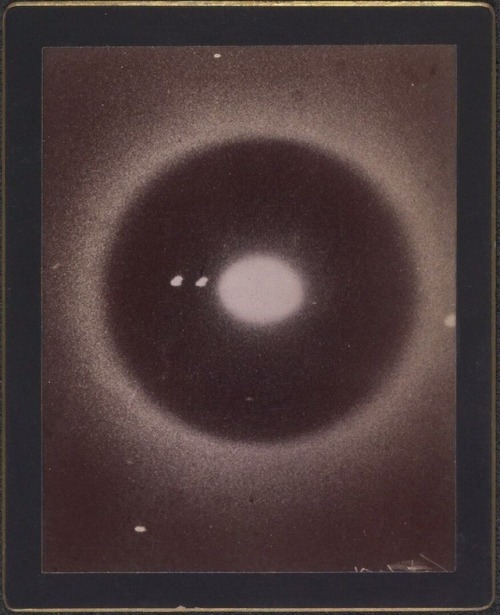
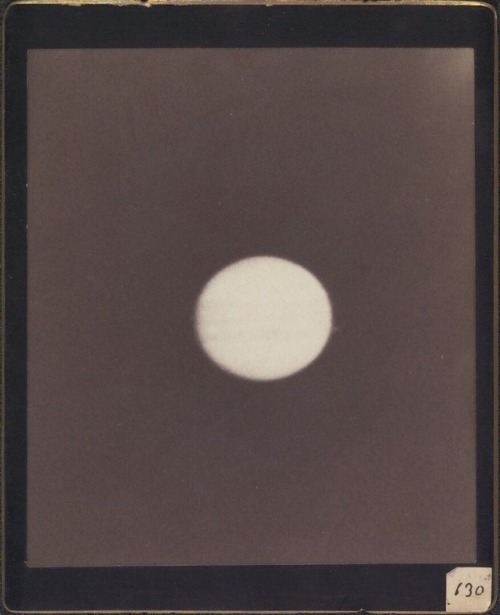
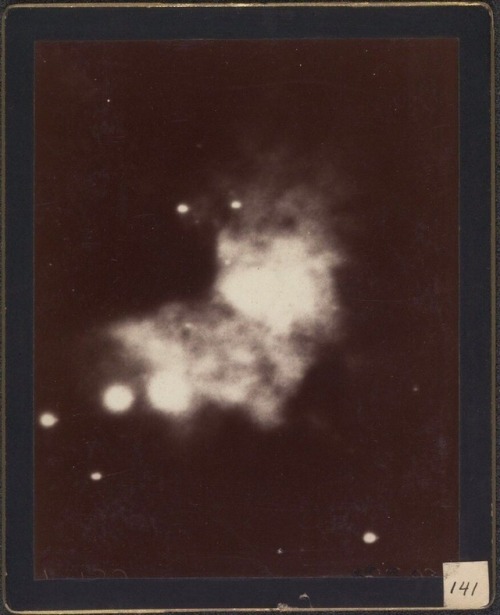
Astronomical photographs, Harvard College Observatory, Cambridge, 1890-1920

NGC 2403, Stardust

Nu Scorpii
One of the most interesting areas of the night sky, Scorpius holds a myriad of nebula and beautifully contrasting coloured stars.
Moving towards the tail, you'll find Nu Scorpii a binary star system 7 stars.

If that alone isn't enough to get your mind wondering how all these stars are orbiting each other, the star system itself is the eye of a horses head ! Albeit a nebulous head.

IC 4592 is a reflective nebula, with the blue light reflected from fine dust, that blue light is coming from the Nu Scorpii system above.
Pull out and you'll see the whole region contains many star forming areas with reflective features.

-
 nonsonodiqui reblogged this · 2 weeks ago
nonsonodiqui reblogged this · 2 weeks ago -
 chivmera reblogged this · 2 weeks ago
chivmera reblogged this · 2 weeks ago -
 puta-que-soy-yeta reblogged this · 2 weeks ago
puta-que-soy-yeta reblogged this · 2 weeks ago -
 reserpina reblogged this · 2 weeks ago
reserpina reblogged this · 2 weeks ago -
 branchia-c liked this · 2 weeks ago
branchia-c liked this · 2 weeks ago -
 danielmenard liked this · 2 weeks ago
danielmenard liked this · 2 weeks ago -
 nocturnalhighs reblogged this · 2 weeks ago
nocturnalhighs reblogged this · 2 weeks ago -
 ippynitchel reblogged this · 2 weeks ago
ippynitchel reblogged this · 2 weeks ago -
 ericryantucker liked this · 2 weeks ago
ericryantucker liked this · 2 weeks ago -
 nnn-fuckyouthen reblogged this · 2 weeks ago
nnn-fuckyouthen reblogged this · 2 weeks ago -
 in-between89 reblogged this · 2 weeks ago
in-between89 reblogged this · 2 weeks ago -
 vomitando-ilusiones-muertas liked this · 2 weeks ago
vomitando-ilusiones-muertas liked this · 2 weeks ago -
 eternalxsunset reblogged this · 2 weeks ago
eternalxsunset reblogged this · 2 weeks ago -
 moons-moons-moons liked this · 2 weeks ago
moons-moons-moons liked this · 2 weeks ago -
 f0und-the-devil-in-me liked this · 2 weeks ago
f0und-the-devil-in-me liked this · 2 weeks ago -
 mr-mefistofeles reblogged this · 2 weeks ago
mr-mefistofeles reblogged this · 2 weeks ago -
 nnn-fuckyouthen liked this · 2 weeks ago
nnn-fuckyouthen liked this · 2 weeks ago -
 shadowanndeath liked this · 2 weeks ago
shadowanndeath liked this · 2 weeks ago -
 dietcherrycocaine1111 reblogged this · 2 weeks ago
dietcherrycocaine1111 reblogged this · 2 weeks ago -
 m-e-m-o-r-i-a-e reblogged this · 2 weeks ago
m-e-m-o-r-i-a-e reblogged this · 2 weeks ago -
 hemoglobin reblogged this · 2 weeks ago
hemoglobin reblogged this · 2 weeks ago -
 california-babylon liked this · 2 weeks ago
california-babylon liked this · 2 weeks ago -
 a-simple-poison reblogged this · 2 weeks ago
a-simple-poison reblogged this · 2 weeks ago -
 slowlyturningmad reblogged this · 2 weeks ago
slowlyturningmad reblogged this · 2 weeks ago -
 slowlyelectronicdream liked this · 2 weeks ago
slowlyelectronicdream liked this · 2 weeks ago -
 starsli liked this · 2 weeks ago
starsli liked this · 2 weeks ago -
 lenori7norte reblogged this · 2 weeks ago
lenori7norte reblogged this · 2 weeks ago -
 lenori7norte liked this · 2 weeks ago
lenori7norte liked this · 2 weeks ago -
 fuckin-hell reblogged this · 2 weeks ago
fuckin-hell reblogged this · 2 weeks ago -
 nevermind-97 liked this · 2 weeks ago
nevermind-97 liked this · 2 weeks ago -
 captainsassycat reblogged this · 2 weeks ago
captainsassycat reblogged this · 2 weeks ago -
 berksome reblogged this · 2 weeks ago
berksome reblogged this · 2 weeks ago -
 thejainam liked this · 2 weeks ago
thejainam liked this · 2 weeks ago -
 rmunoz32 liked this · 2 weeks ago
rmunoz32 liked this · 2 weeks ago -
 parad7so reblogged this · 2 weeks ago
parad7so reblogged this · 2 weeks ago -
 parad7so liked this · 2 weeks ago
parad7so liked this · 2 weeks ago -
 ceu-acima liked this · 2 weeks ago
ceu-acima liked this · 2 weeks ago -
 solomivids liked this · 2 weeks ago
solomivids liked this · 2 weeks ago -
 966-97 reblogged this · 2 weeks ago
966-97 reblogged this · 2 weeks ago -
 colder-when-it-rains reblogged this · 2 weeks ago
colder-when-it-rains reblogged this · 2 weeks ago -
 sailinglandunter liked this · 2 weeks ago
sailinglandunter liked this · 2 weeks ago -
 infiniteryn liked this · 2 weeks ago
infiniteryn liked this · 2 weeks ago -
 nikosrocky liked this · 2 weeks ago
nikosrocky liked this · 2 weeks ago -
 silverfarstar liked this · 2 weeks ago
silverfarstar liked this · 2 weeks ago -
 believewhattheysay reblogged this · 2 weeks ago
believewhattheysay reblogged this · 2 weeks ago -
 dazedere liked this · 2 weeks ago
dazedere liked this · 2 weeks ago -
 lukikhalifa reblogged this · 2 weeks ago
lukikhalifa reblogged this · 2 weeks ago -
 thenighht reblogged this · 2 weeks ago
thenighht reblogged this · 2 weeks ago

★•Astronomy, Physics, and Aerospace•★ Original and Reblogged Content curated by a NASA Solar System Ambassador
204 posts
